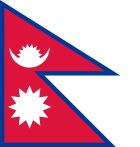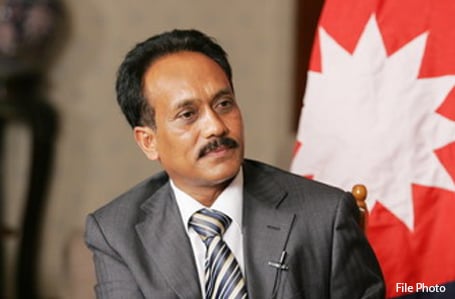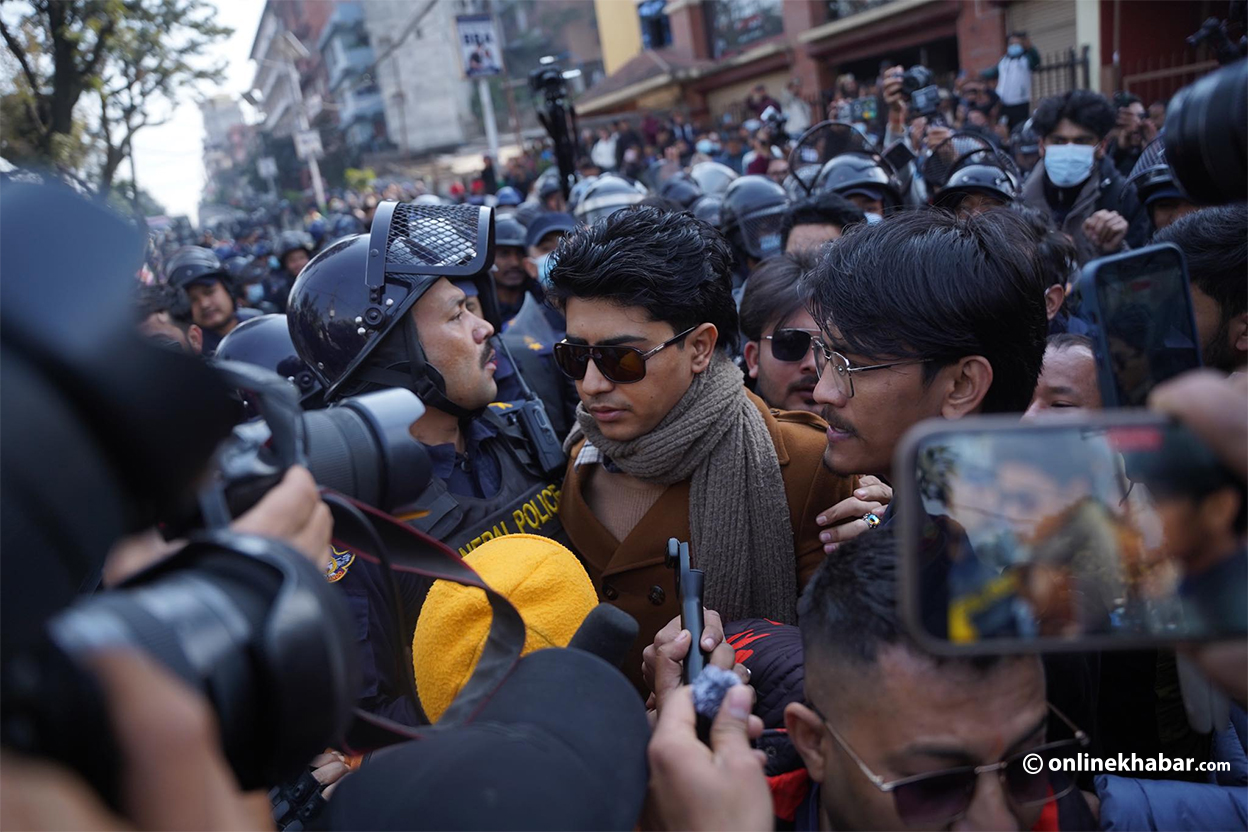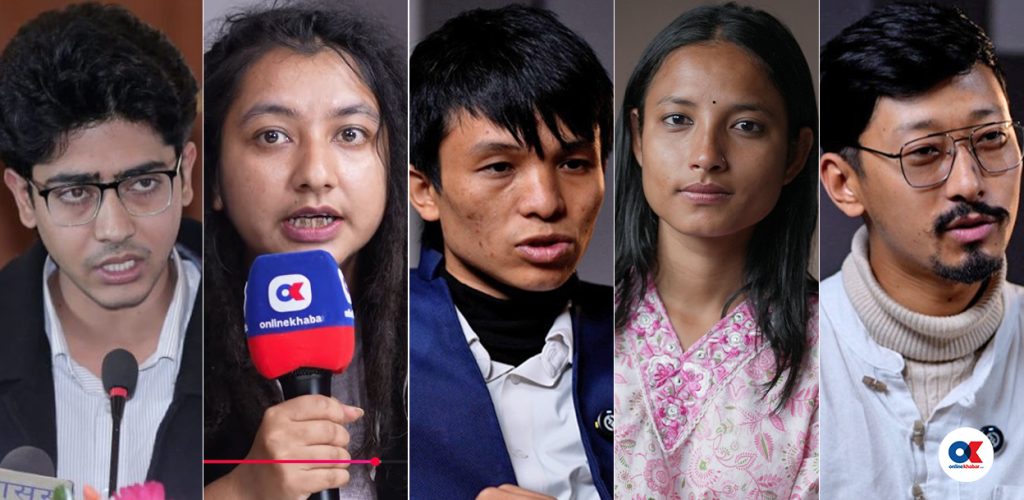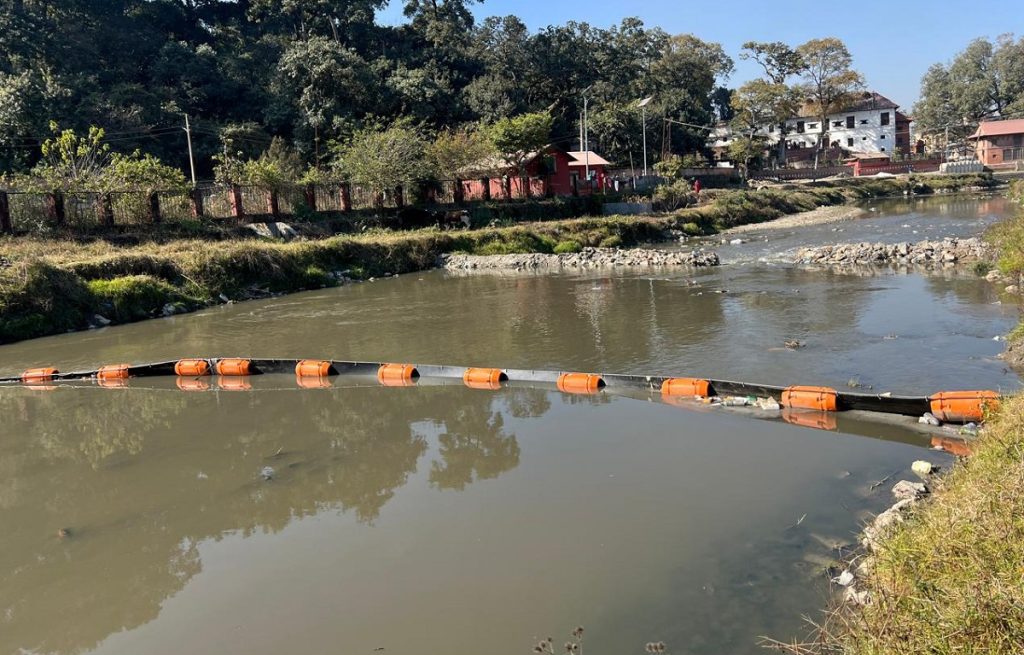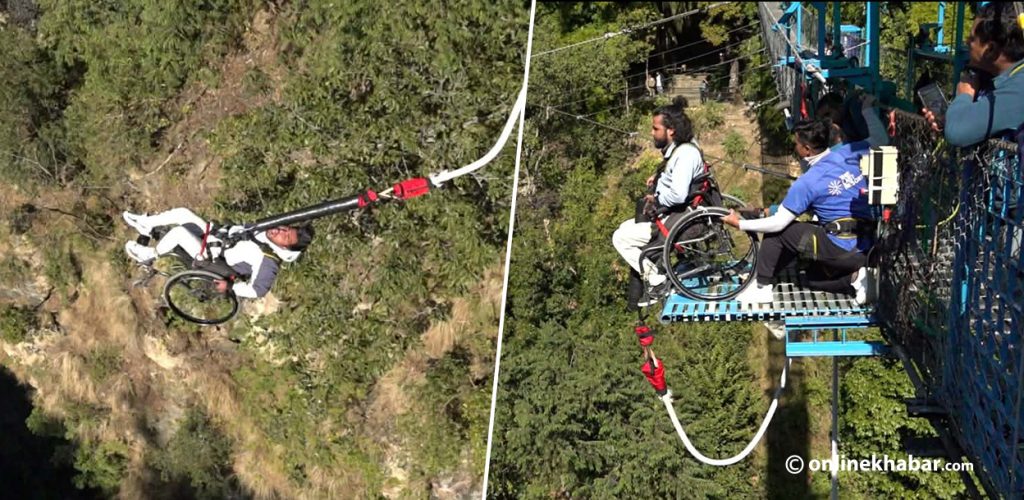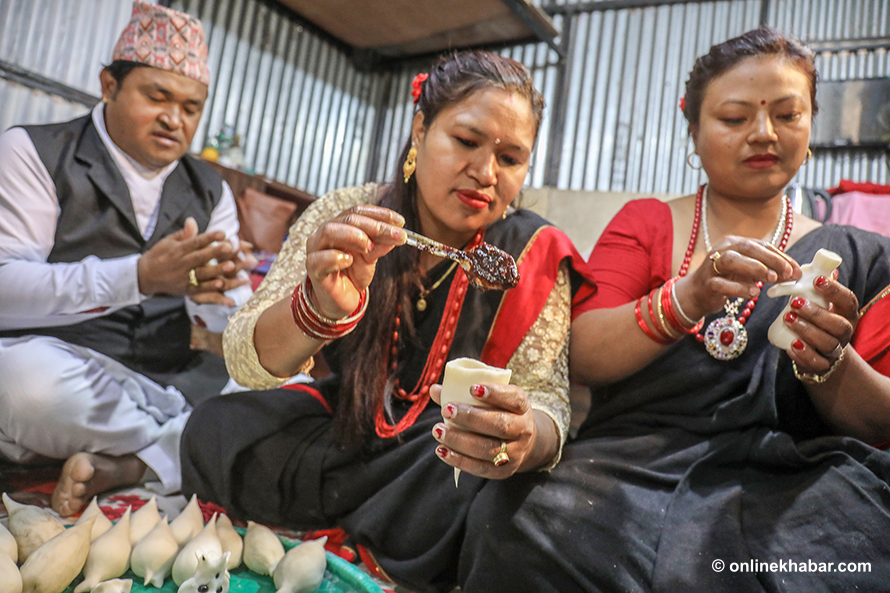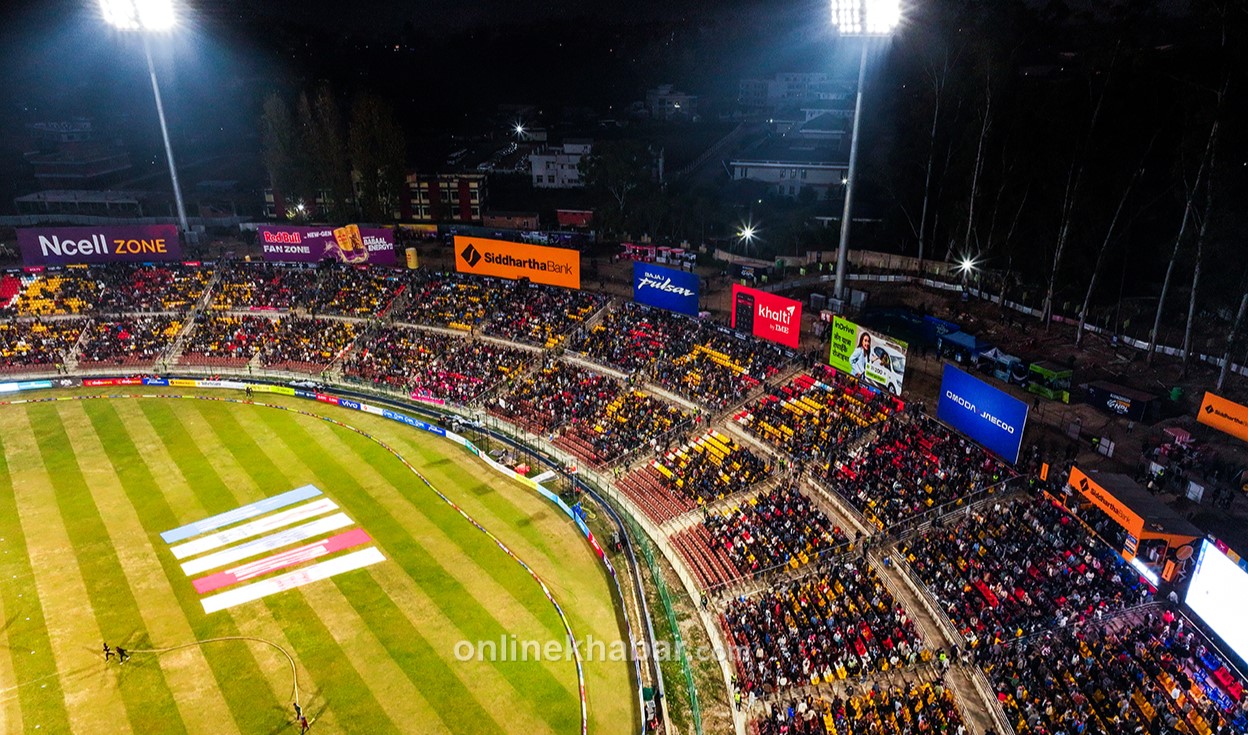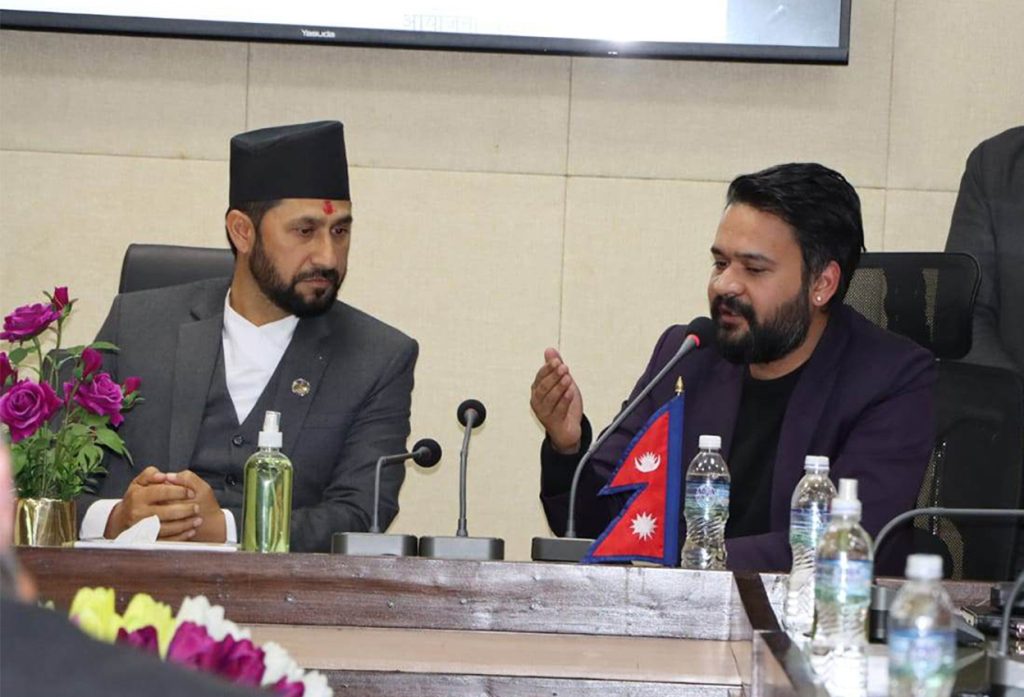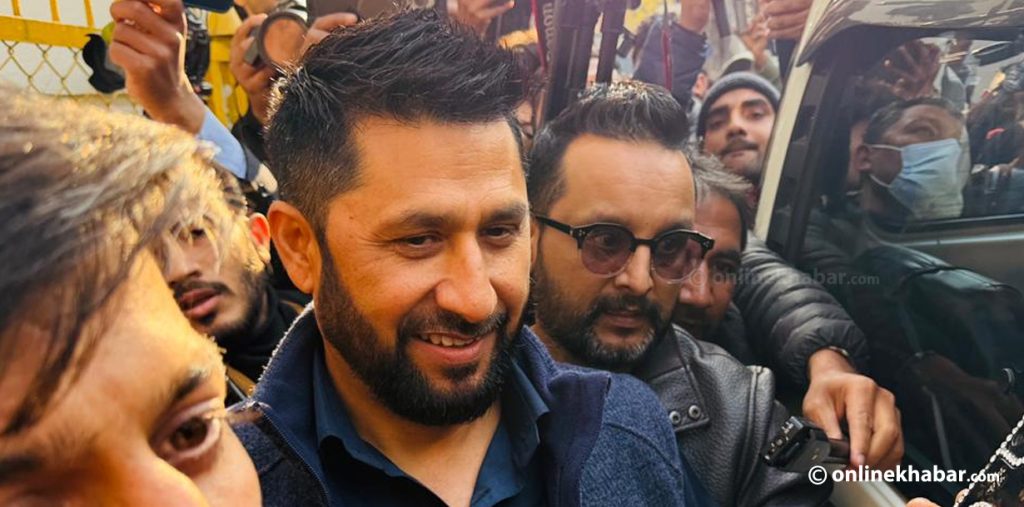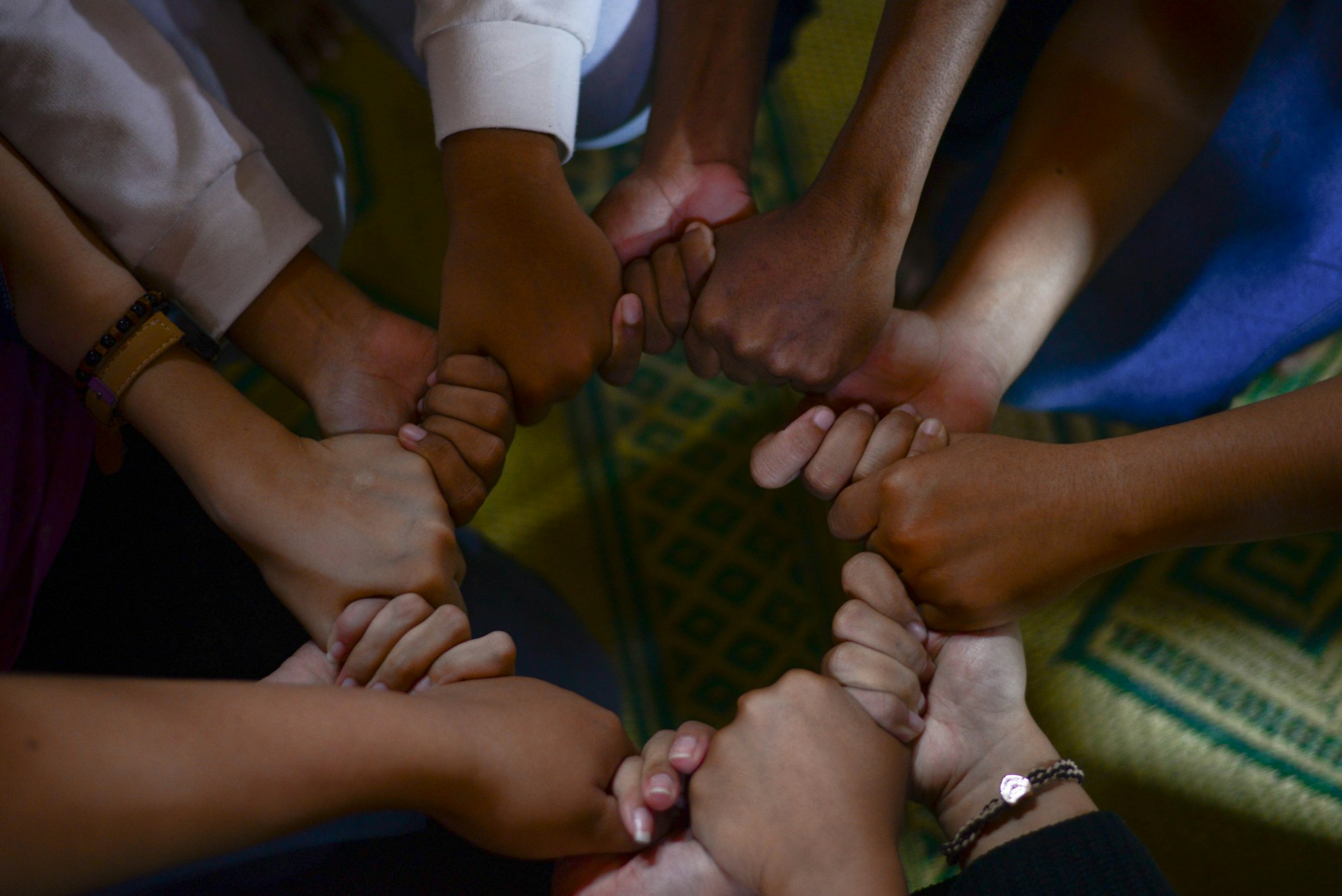
History turns not always through reason, but through force. The Kot Massacre was such a turn, bloody, decisive, and deceptive in its promise of order. What emerged in its wake was not clarity but a century-long chain of control and submission, gilded by tradition and bound by fear.
The circle of blood
After Jung Bahadur seized power, he built a meticulous order of succession; brothers, sons, nephews, grandsons, each marked for the Shripech, the royal crown. He imitated monarchy, merely reshaping it to fit his own clan.
In both systems, the assumption endured: the state was family inheritance, and the people existed only to pay taxes.
But patience is not a virtue of power. Those waiting for their turn sharpened their swords in silence. Behind every smile glimmered steel; above every head hung the sword of Damocles. People did not die of age but of conspiracy; some were exiled, others executed. For one hundred and four years, power passed within that circle of blood and ambition. Then the Ranas fell.
After the Second World War, a global wave of freedom and democracy swept across nations. People long subjugated by colonialism sought liberation; those under autocracy sought democracy. It was natural for Nepal to feel the winds of the Quit India Movement to the south and the Chinese Revolution to the north.
Amid the global wave of post-war freedom movements, Nepal experienced its own revolution in 1951 (2007 B.S.), which ended the Ranas’ century-long rule. The King stepped out of his gilded cage. The monarchy was retained, but with a solemn pledge; an elected Constituent Assembly would define the future democratic order.
The following years, however, were marked by instability. The promised Constituent Assembly never materialised; instead, a general election was held. Within eighteen months, that experiment collapsed.
When democracy first began to take root, King Mahendra abruptly dismissed the elected government, banned political parties, and imposed an absolute monarchy. Once again, political leaders were jailed, exiled, or silenced. Freedoms of speech, association, and press, revived only recently, were snatched away.
Mahendra’s takeover in 1960 inaugurated the Panchayat system, presented as a “uniquely Nepali” model of democracy. In reality, it was royal absolutism wrapped in the rhetoric of nationalism and development. The regime outlawed parties, centralised authority, and ruled through a pyramidal network that extended from palace to village.
Even under repression, dissent began to grow. Students, workers, and intellectuals started questioning a state built on favoritism and fear. The contradictions became clear: modernisation without participation, nationalism without inclusion, loyalty without legitimacy.
These tensions culminated in the 1990 People’s Movement, which dismantled the royal order and restored multiparty democracy.
But history repeated itself. Barely thirteen years later, King Gyanendra, invoking his father’s legacy, dissolved parliament, seized power, and declared that Nepal needed a monarch who could “be heard and speak.” Once again, the struggle between monarchy and popular sovereignty returned to centre stage.
Fall of king, rise of citizen
Then even the King was gone. The era of citizen sovereignty began.
Over time, familiar patterns resurfaced. Lessons were borrowed from both the Ranas and the Kings, refined, adjusted, and given a new coat, as though democracy could be built through simple “denting and painting.”
Positions went to relatives, factional allies, and loyal patrons. Dissenters were often destroyed by their own comrades.
When the political order was already settled, our leaders should have turned toward economic and social progress. Instead, they remained consumed by power and privilege.
Turning point: A national crisis
Today, under the banner of “Gen Z,” Nepal faces destructive acts of violence and sabotage that threaten not only social order but also national independence, sovereignty, and territorial integrity.
Four key forces are fueling this turmoil.
First, royalists nostalgic for the monarchy are trying to reverse the gains of the republic. Second, power-hungry political groups are destabilizing the state to grab control. Third and fourth, foreign powers are pushing their own strategic interests in Nepal. Their interference is organized, intentional, and well-funded. Together, these forces threaten Nepal’s independence, sovereignty, and territorial integrity.
Nepal stands again at a defining crossroads. The unrest has shaken the foundations of our political system, challenges unseen since the Kot Parva, the Maoist “People’s War,” and the Royal Palace Massacre.
This crisis did not arise by chance. It exposes grave failures of leadership, both political and moral.
The principal contradiction
While Nepal’s foreign policy has remained broadly balanced, we have failed to identify the principal contradiction of our time. The Gen Z unrest and the migration of over five million Nepalis, nearly one in six citizens, reflect deep structural decay.
Our problem is not the scarcity of resources but their misuse. The true contradiction lies between the people’s expectations for socio-economic progress and the state’s inability to deliver. This gap has left citizens angry and vulnerable, internally fueling unrest and externally inviting interference.
The profession of power
In a book, Democratic Innovations in Nepal, Bhuvan Lal Joshi and Leo E. Rose write, “For most of the new elites, the pursuit of politics was not merely a means to an end, but an end in itself… Economic influence was directly dependent upon political survival. Leaders are often forced by sheer economic necessity to compromise their political idealism and pursue a politics of deception and short-term gain.”
This diagnosis, written decades ago, still defines Nepal’s politics today. The profession of power has replaced the practice of service. Rather than ideology, opportunism drives the political class. This must change if democracy is to function with integrity.
Democracy, in essence, is collective wisdom rising from below. Leadership was meant to serve that wisdom; instead, it imitated the feudalism it once condemned.
To bring it back on track, we still have a long road ahead, perhaps one destined to be long. Democracy itself is such a path: steep, winding, endless, with climbs and descents, lights and shadows.
Call for unity
National consensus and unity are now indispensable. We must build a shared agenda centred on the federal democratic republic with a unified direction and coordinated plan of action. Above all, free, fair, and fearless elections must be guaranteed.
If that cannot be ensured, alternative democratic mechanisms such as the restoration of parliament through a broad national consensus must remain open.
Differences among parties are natural in a democracy; so is the advocacy of one’s superiority. But this is not the moment for an “all-out war” approach. We must identify our friendly forces and stand together. Even within alliances, differences persist, but common goals must prevail.
In moments of national crisis, even rivals must “join the same neck.” The initiative must first be taken within, and then extended beyond. A structural reshuffle within the parties is essential so that leadership reflects their stated missions and ideals, not contradicts them.
Nepal urgently needs reform of structures, institutions, and political culture alike. Without internal renewal, no external realignment can save us.
History offers only a few decisive moments, a moment in a day that comes once in an era. This is such a moment. If we fail to act wisely now, we will pay the price for an entire generation.
Politics is both a science and an art, and today it demands vision, unity, and courage above all.
History does not move in straight lines. It circles, falters, collapses, and rises again.
Nepal’s story, too, is one of circles; from courtyards of blood to parliaments of ego; from crowns of gold to garlands of flattery.
The faces change, the rituals evolve, but the struggle remains the same — to make power serve the people, not the people serve power.

